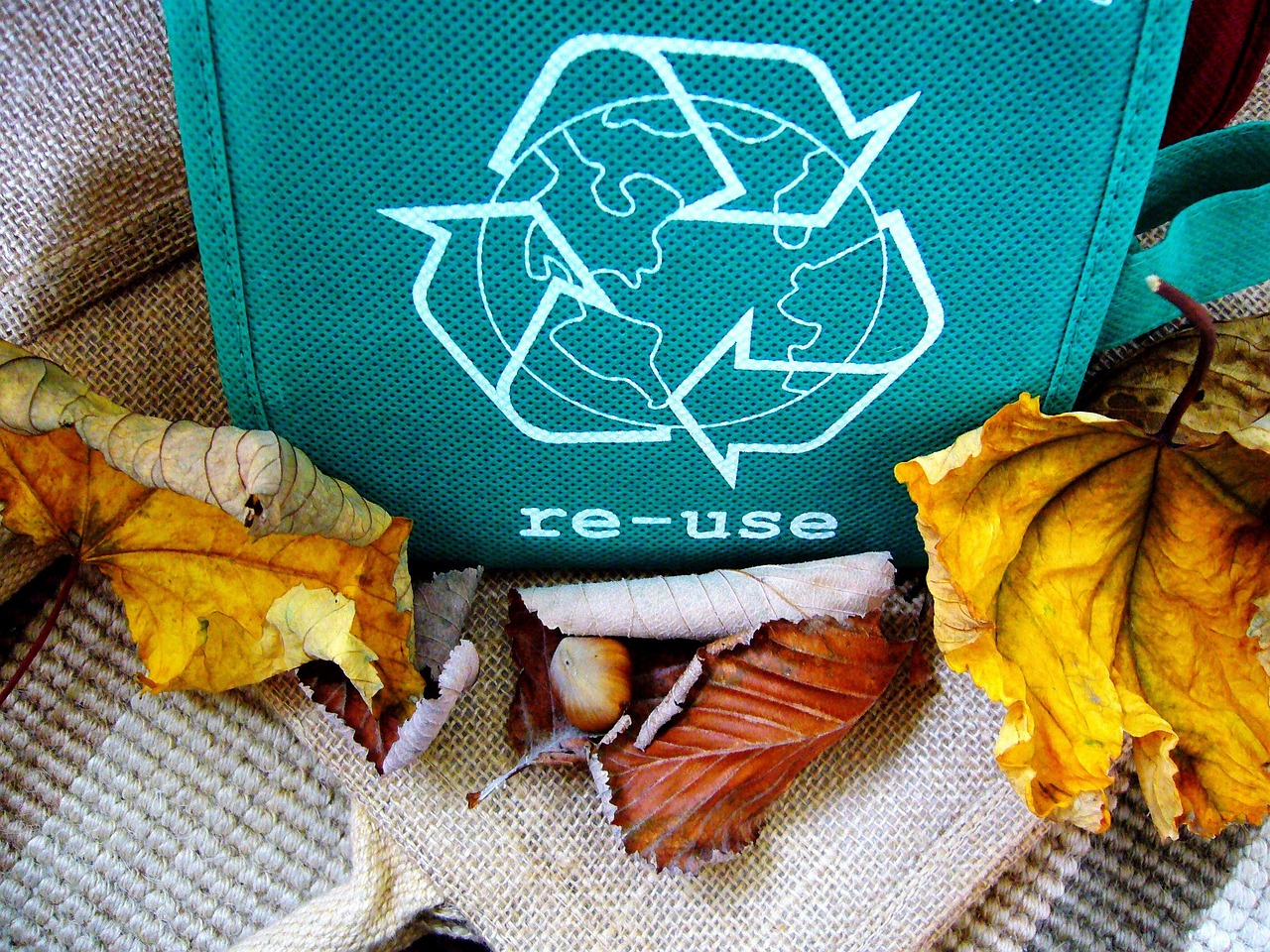How to Set Up a Functional Home Recycling Station?

Hello, dear readers! With the rising concerns about the environment, recycling has become a responsibility for every household. It’s not only a great way to contribute to the environment, but also a practical method to manage waste at home. However, some of you may wonder, "How can I create a recycling station that is functional and fits seamlessly into my home design?" Well, fret not. We have got you covered. Here’s a step-by-step guide to setting up your efficient, eco-friendly home recycling station. Remember, every bit counts towards saving our planet!
Finding the Perfect Space for Your Recycling Station
The first step in setting up your home recycling station is to find a suitable space. The location of your recycling station is crucial as it determines how easy and convenient it will be for your family to use.
Topic to read : What's the Ideal Lighting Scheme for a Cozy Dining Area?
A perfect area for your recycling station should be easily accessible and visible to everyone in your home. Common locations include the kitchen, garage, or utility room. The kitchen is often the most convenient place, as it is where most waste is generated. You can use a spare corner or under the sink cabinet for this purpose. If you have enough space, a standalone recycling center can also be a great idea.
Outdoor spaces like the backyard or patio can also serve as perfect locations for larger recycling stations. However, ensure the area is sheltered to protect your bins from weather elements and animals.
Also read : Tips for Incorporating Sustainable Decor in Your Home?
Regardless of the location you chose, ensure the area is clean, well-lit, and easily accessible. You can add a photo or a sign indicating it’s a recycling station to make it more noticeable and appealing.
Choosing the Right Bins for Your Recycling Station
Once you have identified the perfect spot, the next step is to pick the right bins. The type of bins you choose will depend on the types of items you plan to recycle and the room available.
Typically, a home recycling station will have bins for different types of waste, including plastic, glass, paper, and general waste. Designer bins might be a good fit if you’re placing your recycling station in a visible area like the kitchen or living room. They come in various sizes and designs, enabling you to choose one that fits your home décor.
On the other hand, if your recycling station is in an outdoor area or garage, large and sturdy bins might suit you better. You could also consider stackable bins for better space utilization.
Remember to label your bins clearly to avoid confusion. You can use stickers, paint or DIY signs to categorize your bins according to the type of waste they hold.
Organizing Your Recycling Station
A well-organized recycling station not only looks neat but also makes waste disposal and recycling easier. Start by placing bins in a way that makes them easily accessible. They should be arranged in a manner that allows you to quickly drop items into the correct bin.
Next, consider adding a storage space for items that cannot be immediately recycled, such as batteries, electronics, and certain types of plastic. This could be a small box or bin placed next to the recycling bins.
If your recycling station is in the kitchen, consider placing a small bin or bowl on the countertop for organic waste like fruit peels and coffee grounds. These can be composted to create nutrient-rich soil for your garden.
Finally, adding a space for reusable items like bags, containers, or jars can also be a great addition to your recycling station.
Educating Your Family about the Recycling Station
The success of your home recycling station largely depends on how well your family uses it. Therefore, it is critical to educate your family members about the recycling process, and how to use the recycling station properly.
Start by explaining the importance of recycling and how it helps protect the environment. Show them the different bins and explain what type of waste goes into each one. You may also want to discuss some common recycling mistakes, such as not cleaning recyclable items or placing non-recyclable items in the recycle bins.
Consider creating a simple guide or chart that outlines what can and cannot be recycled, and hang it near the recycling station. This can serve as a quick reference for anyone unsure about where to dispose of an item.
Maintaining Your Recycling Station
Once your recycling station is up and running, regular maintenance will ensure it remains functional and efficient. This involves emptying the bins regularly to prevent overflow and unwanted odors.
Clean your bins frequently to keep them hygienic and avoid attracting pests. Use eco-friendly cleaning agents to sanitize your bins.
Regularly check on the storage area for non-recyclable items. When it’s full, take these items to a nearby recycling center or wait for a scheduled pick-up, if your community offers that service.
Remember, maintaining a functional home recycling station is a team effort. Encourage all family members to play their part in keeping the station clean, organized, and efficient.
Incorporating Your Home Recycling Station Into Your Daily Routine
Incorporating your recycling station into your daily routine is a key step to ensure its effectiveness. Getting into the habit of using your recycling station is essential to make it a successful part of your lifestyle.
Start by making recycling a part of your day-to-day tasks. When you finish with a recyclable item, instead of tossing it in the general trash bin, make an effort to put it in the correct recycling bin. This might feel like an extra step initially, but over time it becomes a norm, just like washing your hands before a meal.
You can also involve kids in recycling chores. Make it a fun activity by turning it into a game. For instance, assign each child a type of waste to dispose of in the respective bins. The one who does it correctly and consistently gets a reward at the end of the week. This not only makes recycling fun but also educates them about the importance of recycling from a young age.
Another helpful tip is to incorporate recycling into your weekly grocery shopping. For example, bring reusable bags for your shopping instead of opting for plastic bags. Additionally, if your local store offers a drop-off point for certain recyclable materials like batteries or light bulbs, make a habit of bringing those items with you when you go shopping.
Remember, incorporating your home recycling station into your daily routine is not just about convenience, but also about making a conscious commitment to reduce waste and contribute positively to the environment.
Concluding Thoughts
In conclusion, setting up a functional home recycling station may require a bit of effort and time initially but the long-term benefits are substantial. Not only will you be contributing towards reducing environmental pollution, but you’ll also experience an improvement in your home’s waste management system.
Bear in mind that the success of your home recycling station does not solely rely on its setup, but also on how effectively it is used and maintained. Therefore, make recycling a part of your daily routine and educate all family members on the importance of proper use and maintenance of the recycling station.
Remember, every bit counts. Whether it’s a small kitchen recycling bin, a large outdoor recycling center, or a simple DIY recycling system, it all plays a part in making recycling a seamless part of our lives. So let’s take a step forward, set up our home recycling stations, and do our bit for our planet.
As a valuable tip for people interested in home improvement, a well-maintained recycling station can add a neat and eco-friendly element to your home. It can be a small step towards making your home more green and sustainable.
So, let’s recycle, reduce, and reuse with our very own home recycling station. Together, we can make a difference!
